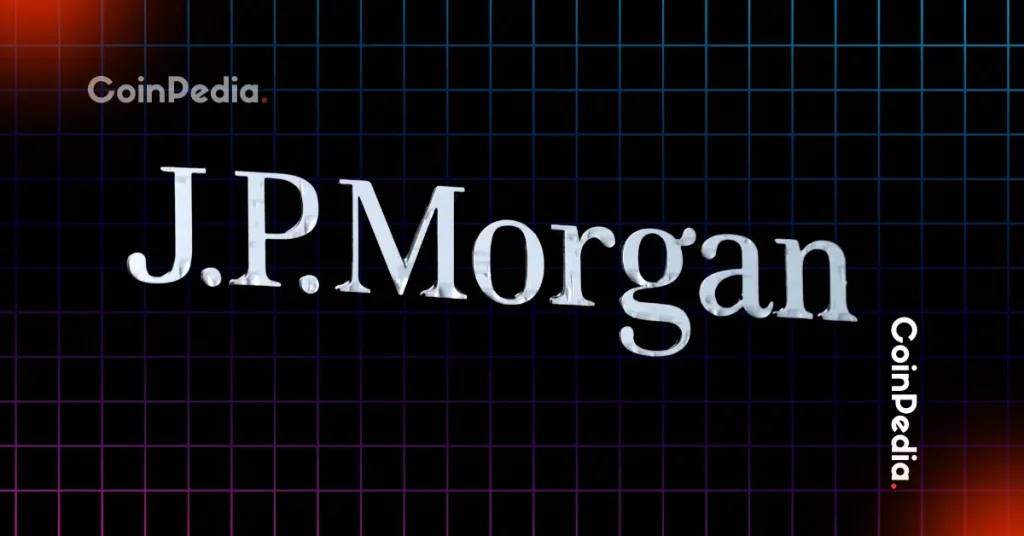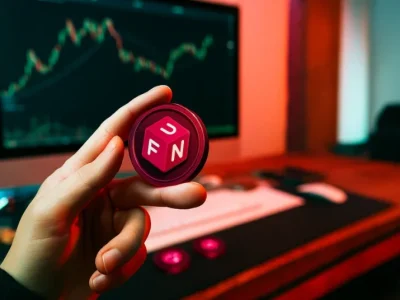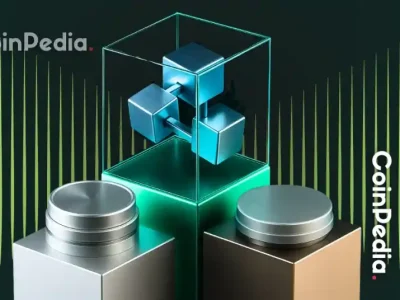
The post New DeFi Crypto Price Analysis: Why Investors See Up to 1,000% Growth Potential appeared first on Coinpedia Fintech News
The decentralized finance (DeFi) market continues to expand, driven by projects that combine technical innovation with transparent economics. While blue-chip tokens like Ethereum and Aave dominate the established world, a new wave of protocols is emerging, smaller, utility-driven platforms designed to fix inefficiencies in lending, borrowing, and yield generation.
Among these, Mutuum Finance (MUTM) has started to capture the spotlight. As the project moves through its presale and toward a Q4 2025 testnet launch, early investor sentiment indicates growing belief that it could be one of the best cryptocurrencies to invest in for long-term DeFi exposure. Some analysts even project up to 1,000% upside potential over the next few years as long as adoption accelerates after launch.
How Mutuum Finance Works
Mutuum Finance is developing a decentralized lending and borrowing protocol that combines two complementary systems, Peer-to-Contract (P2C) and Peer-to-Peer (P2P) markets.
The P2C model operates through liquidity pools where depositors supply assets such as ETH or USDT and receive yield-bearing mtTokens in return. These mtTokens represent 1:1 claims on the underlying deposits and automatically accrue yield as borrowers tap into the pool. This mechanism gives lenders passive income while maintaining full control over their assets through smart contracts.
The P2P model supports more tailored lending for less common assets, connecting individual lenders and borrowers directly through isolated markets. This setup allows for customizable interest rates and collateral conditions, giving users more flexibility while maintaining risk separation between pools.
Borrowers can select variable or stable interest rates, depending on market conditions. For example, stable rates offer predictable costs, while variable rates fluctuate based on pool utilization, low utilization leads to cheaper borrowing, while high utilization raises rates to attract more deposits.
Collateral management is handled through loan-to-value (LTV) ratios and liquidation thresholds. For instance, low-volatility assets like ETH or stablecoins may allow LTVs of up to 75%, while more volatile tokens are capped at lower levels to ensure system stability. This design ensures overcollateralization, reducing risk for both depositors and lenders.
Presale Performance and Market Position
Mutuum Finance has been one of the most active presales of 2025. The project has already raised over $18.55 million from more than 17,850 holders, positioning it among the most well-funded DeFi launches of the year.
The token’s price has risen from $0.01 in Phase 1 to $0.035 in Phase 6, representing a 250% appreciation so far. The current phase is over 85% allocated, signaling strong investor demand as each stage moves closer to the next pricing tier. The official launch price is set at $0.06, giving early participants a clear entry advantage.
Mutuum also runs a 24-hour leaderboard that rewards top daily contributors with $500 in MUTM tokens, a creative addition that keeps participation consistent and transparent.
V1 Launch
The upcoming V1 Testnet on the Sepolia network is set for Q4 2025, marking a major turning point in Mutuum Finance’s roadmap. This release will include core functions such as liquidity pools, mtTokens, Debt Tokens, and a Liquidator Bot to manage undercollateralized positions.
Security has been a key priority throughout development. The project successfully completed a CertiK audit with a 90/100 Token Scan score, confirming its commitment to reliable and verifiable code. A $50,000 bug bounty program is also active, incentivizing ethical hackers to report potential issues before mainnet deployment.
These transparency measures have helped boost confidence around Mutuum Finance’s long-term viability. Some industry analysts predict that if V1 testing proceeds smoothly, the token could experience 5x–10x growth within a year of launch, especially as adoption builds across DeFi ecosystems.
Growth Catalysts
The mtToken system sits at the heart of Mutuum Finance’s yield structure. When users deposit assets into the protocol, they receive mtTokens that increase in value over time as interest accumulates. This mechanism transforms passive deposits into active yield-generating assets, similar to early models pioneered by Aave.
In parallel, Mutuum Fiance’s buy-and-distribute model adds a unique tokenomic layer. A portion of protocol fees collected from borrowers is used to buy MUTM tokens on the open market, which are then redistributed to mtToken stakers through the safety module. This continuous buyback loop creates natural demand for the token while rewarding those who secure the platform.
According to market commentators, these combined systems give Mutuum Finance a self-sustaining design that aligns user incentives with long-term token stability. Some projections indicate that MUTM could potentially achieve 10x to 12x growth post-launch as long as DeFi adoption trends continue.
Following in the Footsteps of Aave and Solana
Several analysts have compared Mutuum Finance’s development trajectory to that of Aave and Solana during their early growth stages. Aave began as a niche lending protocol and evolved into one of the largest DeFi platforms, while Solana leveraged scalability and developer engagement to reach mainstream prominence.
Mutuum Finance appears to be following a similar pattern, starting with a developing and focused core product and expanding through consistent delivery and security. Its Phase 2 roadmap emphasizes smart contract refinement, front-end and back-end development, risk analytics, and advanced feature implementation, steps that echo the disciplined progress of established DeFi leaders.
As long as executed successfully, this roadmap could position Mutuum Finance as one of the top cryptos to buy now for investors seeking exposure to scalable, utility-based projects rather than speculative meme tokens.
Some experts even suggest that in a favorable market cycle, the combination of early-stage growth, verified audits, and token buyback dynamics could allow MUTM to reach 1,000% growth by 2028, especially if its lending ecosystem gains traction across multiple chains.
For more information about Mutuum Finance (MUTM) visit the links below:
Website: https://www.mutuum.com
Linktree: https://linktr.ee/mutuumfinance












